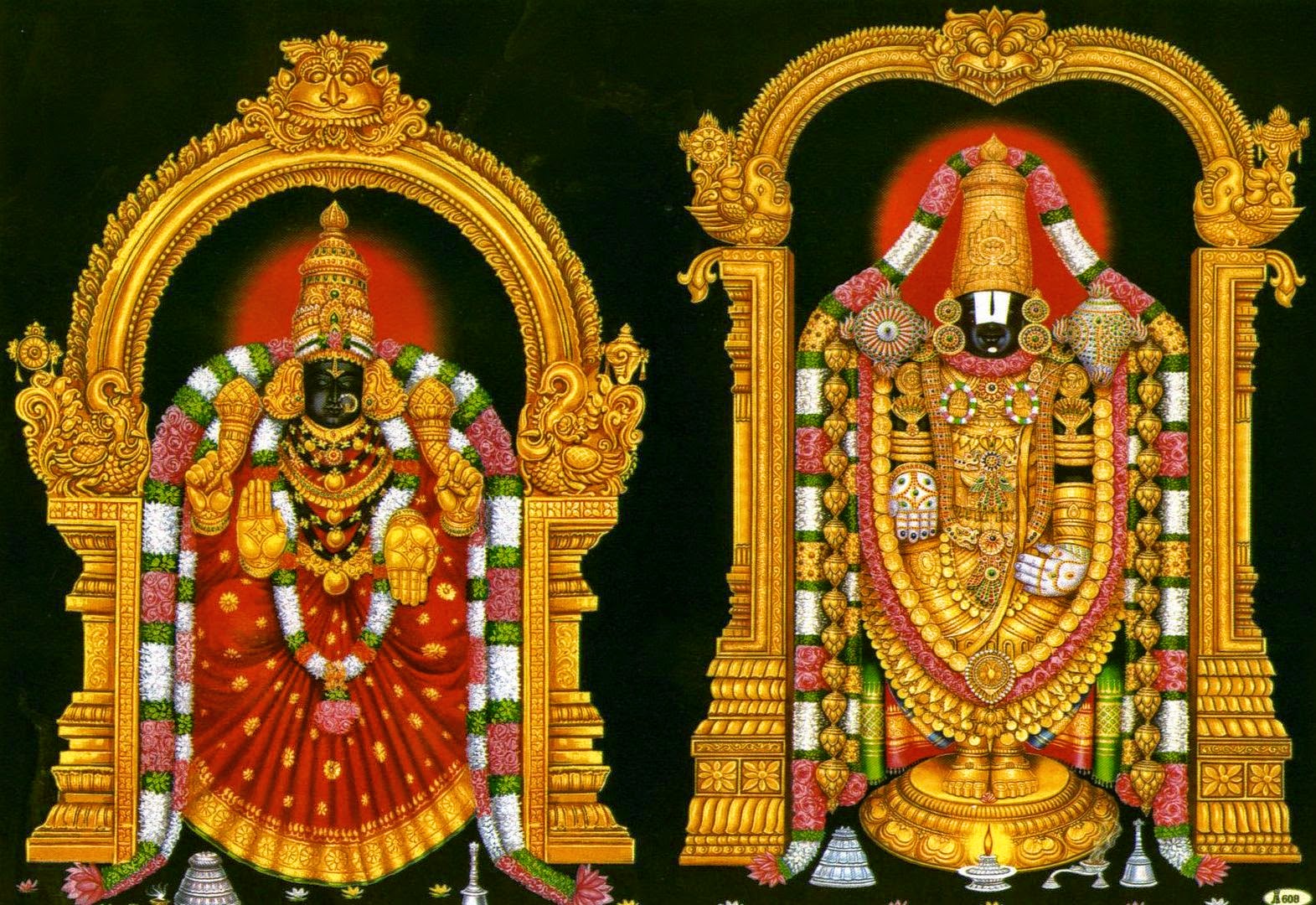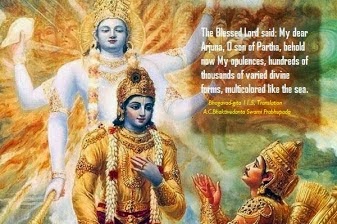The Spiritual Import of the Mahabharata and the Bhagavadgita : Ch-4. Pat-7.
4.The Cosmic Manifestation : 7. ( Last Part )
There is a remedy, because the locations of these desires are the senses, the mind and the intellect. These are the harbingers of desire and anger. Therefore it is necessary to restrain the senses, the mind and the intellect. Desire is nothing but an urge of the individual to move towards objects. It is like the impulse of the river to move towards something outside, say the ocean which is its object.
The individual, in its finitude of consciousness, in its agony of being conditioned to the body, cries to come out of itself; and in its attempt to come out of itself and unite itself with others, hugs objects of sense and runs to them. This urge or impulse of the individual to run to outside objects for the purpose of assimilating them into himself—that is called desire—and these desires are channelised through the sense objects and propelled by the mind, sanctioned by the intellect. So these three are the arch devils, we may say, or arch angels which are behind this activity of desire.
The senses are controlled and directed by the mind, and the mind works according to the understanding of the intellect. The one is higher than the other. Higher than the senses is the mind, and higher than the mind is the intellect. So by the power of the mind, the senses can be restrained. But how can the mind have the power to control the senses, when the intellect passes judgment that such-and-such thing is the proper thing?
So the intellect has to be approached, and it has to put a check upon the mind itself; and, sympathetically, the mind puts a check on the senses. But the problem arises—how will the intellect permit this process? It is the intellect that creates this mistake, and yet it is said that the intellect itself should restrain the mind, and the mind has to control the senses. The intellect sees a division between itself and the world outside. It is the creator of logic of every kind, and therefore it sees a gulf between itself and things outside. How will it permit the control of the senses by the mind?
Therefore, the great Teacher of the Gita says: “You have to resort to a higher power.” There is something higher than the intellect, where the subject and the object are cemented together in a complete whole of integration.
That is the Atman.
The Atman is the purusha of the Samkhya, ultimately. This universal principle, when we resort to it by the power of a higher reason—we have to remember that within us there is a higher reason also, apart from the lower intellect which sees divisions in things—with the help of this higher reason which reflects the universal Atman in us, we can bridge this gulf between subject and object created by the lower intellect.
And when this gulf is bridged, the desire for objects of the senses automatically gets sublimated into the higher consciousness of this basic connection between the subject and the object. This is a very difficult practice, but it is a must—the essence of yoga is only this much. Here I have endeavoured to place before you the sum and substance of the third chapter of Bhagavadgita.
END.
Next : 5: God is Our Eternal Friend
Swami Krishnananda





Comments